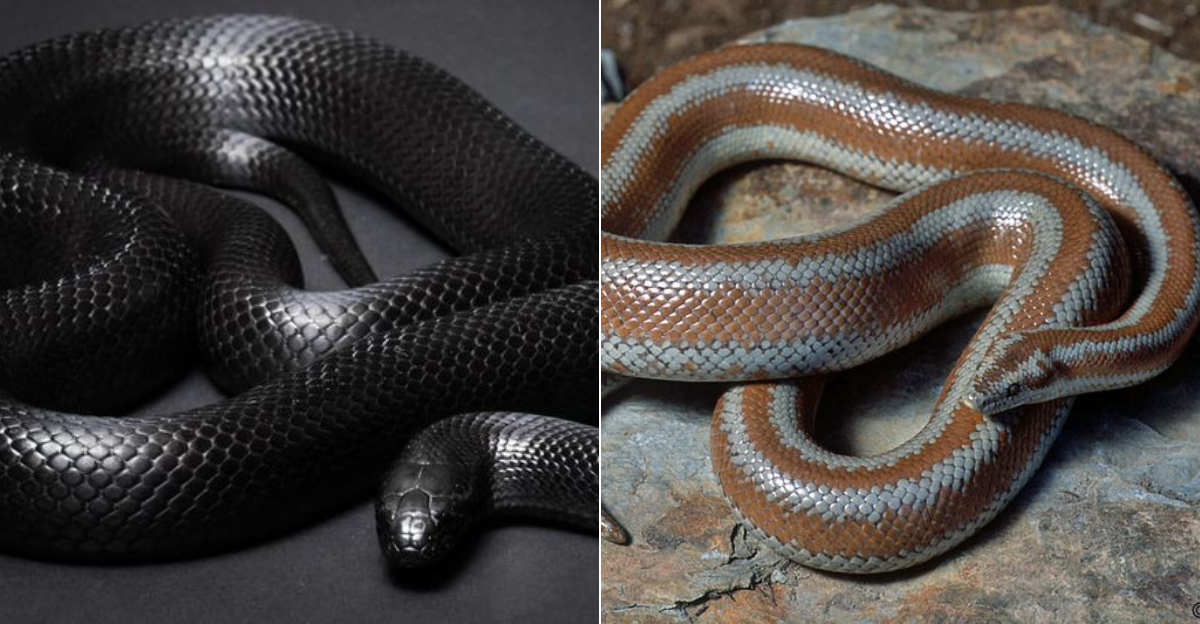When I first moved to the Southwest, I had no idea the region was a paradise for exotic snake enthusiasts like me. The scorching heat and arid landscapes of Texas and Arizona create perfect conditions for some truly fascinating serpent species.
Whether you’re a seasoned reptile keeper or just snake-curious, these exotic species have adapted brilliantly to thrive in our desert climate.
1. Western Hognose Snake: The Drama Queen
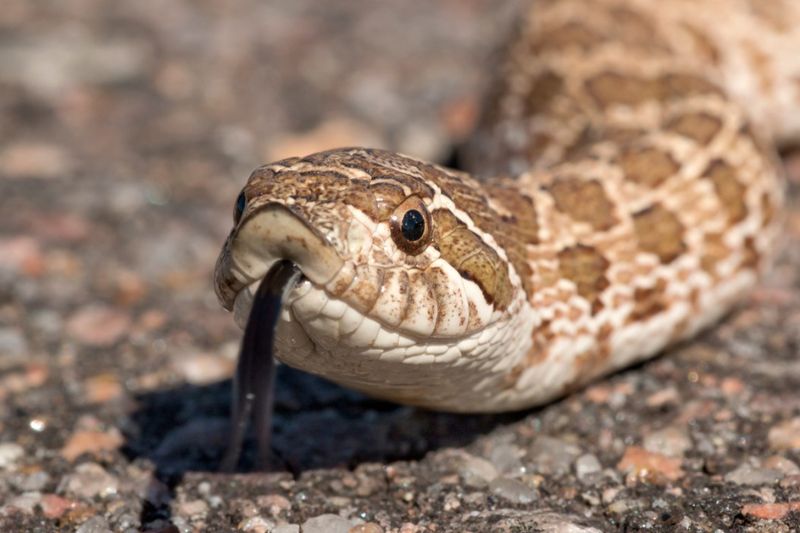
Talk about theatrical performances! Western Hognose Snakes are the ultimate drama queens of the reptile world. When threatened, they’ll flatten their necks like cobras and hiss loudly.
That upturned snout isn’t just adorable; it’s a specialized tool for digging through sandy soils to hunt toads and lizards.
Despite their Oscar-worthy performances, Hognoses are generally good-natured and thrive in hot, dry enclosures that mimic Texas and Arizona conditions.
2. Kenyan Sand Boa: The Subterranean Ambusher
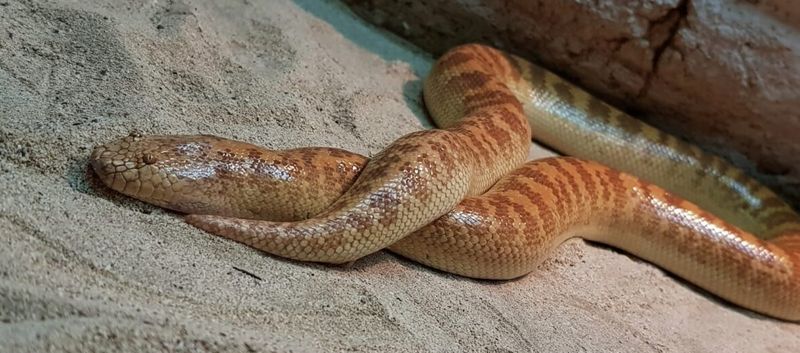
These sneaky predators spend most of their lives buried, with just their eyes and nostrils exposed, waiting for unsuspecting prey.
Their cylindrical bodies and blunt tails are perfectly adapted for burrowing through loose sand. The females typically grow larger than males, reaching about 2-3 feet, while males stay petite at around 1-2 feet.
Heat-lovers by nature, these boas flourish in our southwestern climate where temperatures regularly exceed 100°F.
3. Desert Kingsnake: The Rattlesnake’s Nemesis
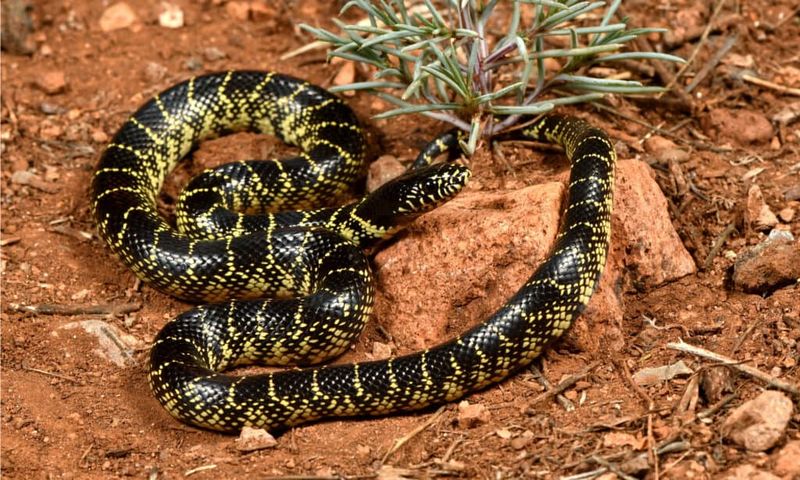
These snakes aren’t just beautiful—they’re nature’s rattlesnake control squad.
Desert Kingsnakes fearlessly hunt and consume other snakes, including venomous species. Their hunting prowess has earned them protected status in many southwestern states.
Perfectly adapted to the temperatures of Texas and Arizona, they remain active even during the hottest months when other reptiles seek shelter.
Their heat tolerance and striking appearance make them fascinating captives for experienced keepers.
4. Rosy Boa: The Desert’s Gentle Giant
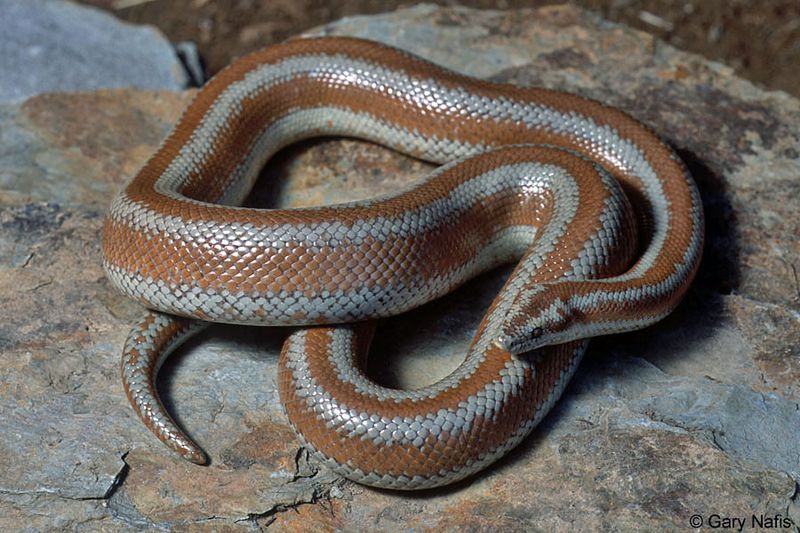
Boa’s salmon-pink stripes against a sandy backdrop are simply stunning!
These stocky little constrictors rarely exceed three feet, making them perfect apartment companions.
Unlike many desert snakes, Rosy Boas are surprisingly docile and slow-moving. They’ll calmly wrap around your arm without the frantic energy of other species.
Hardy in our Southwest heat, they require minimal humidity and thrive in temperatures mimicking their natural habitat.
Their manageable size and mellow temperament make them perfect first-time snake pets for desert dwellers.
5. Sonoran Gopher Snake: The Rattlesnake Impersonator
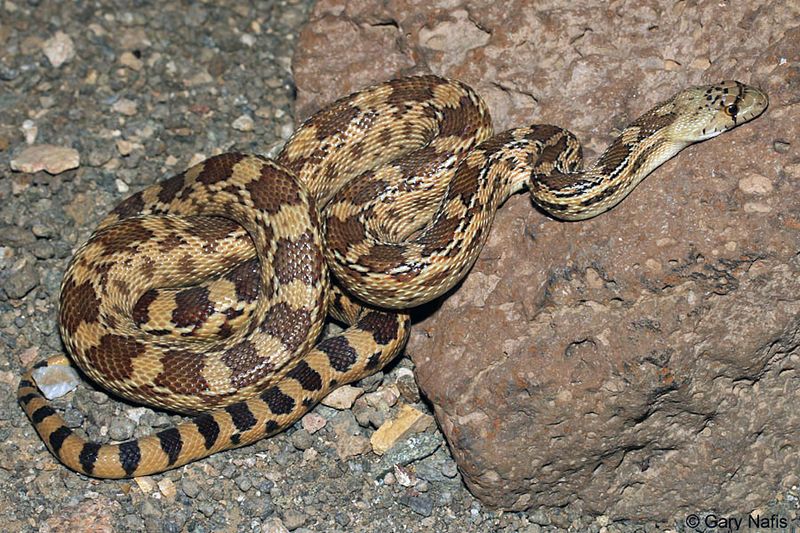
Their remarkable heat tolerance allows them to remain active during blistering Arizona afternoons when most creatures seek shade.
Despite their intimidating display, Sonoran Gopher Snakes are actually non-venomous and generally calm once acclimated to handling.
Their natural rodent-hunting abilities make them valuable allies for farmers across the Southwest, controlling pest populations naturally.
6. Mexican Black Kingsnake: The Obsidian Beauty
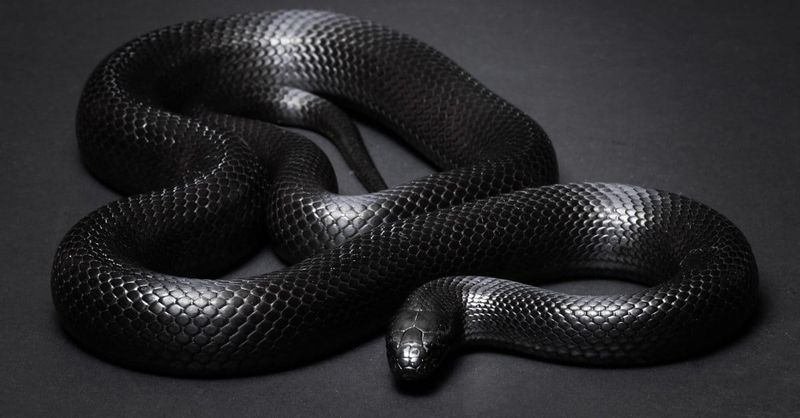
These jet-black beauties possess a confident, inquisitive personality that makes handling a joy.
Native to northwestern Mexico and parts of Arizona, they’ve evolved to handle extreme heat with ease. Their natural immunity to rattlesnake venom makes them formidable predators in the wild.
I’ve found them to be surprisingly active during the day, especially during feeding time when their hunting instincts kick in.
Their appearance combined with their adaptability to hot climates makes them highly sought-after in the Southwest.
7. Gray-Banded Kingsnake: The Desert Jewel
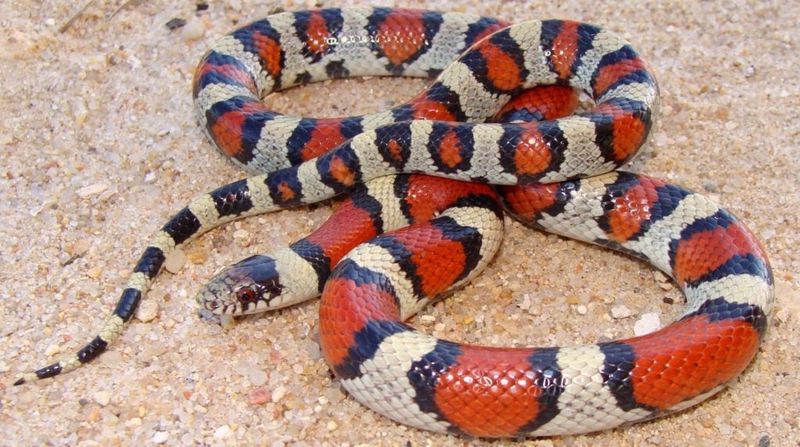
My jaw dropped the first time I saw a Gray-Banded Kingsnake at a reptile expo—their intricate patterns of orange, black, and cream bands wrapped around their bodies like living jewelry.
Native to the rocky terrain along the Texas-Mexico border, they’ve evolved to handle extreme temperature fluctuations.
Though somewhat shy compared to other kingsnakes, they settle into captivity well when provided with proper hiding spots and heat gradients.
